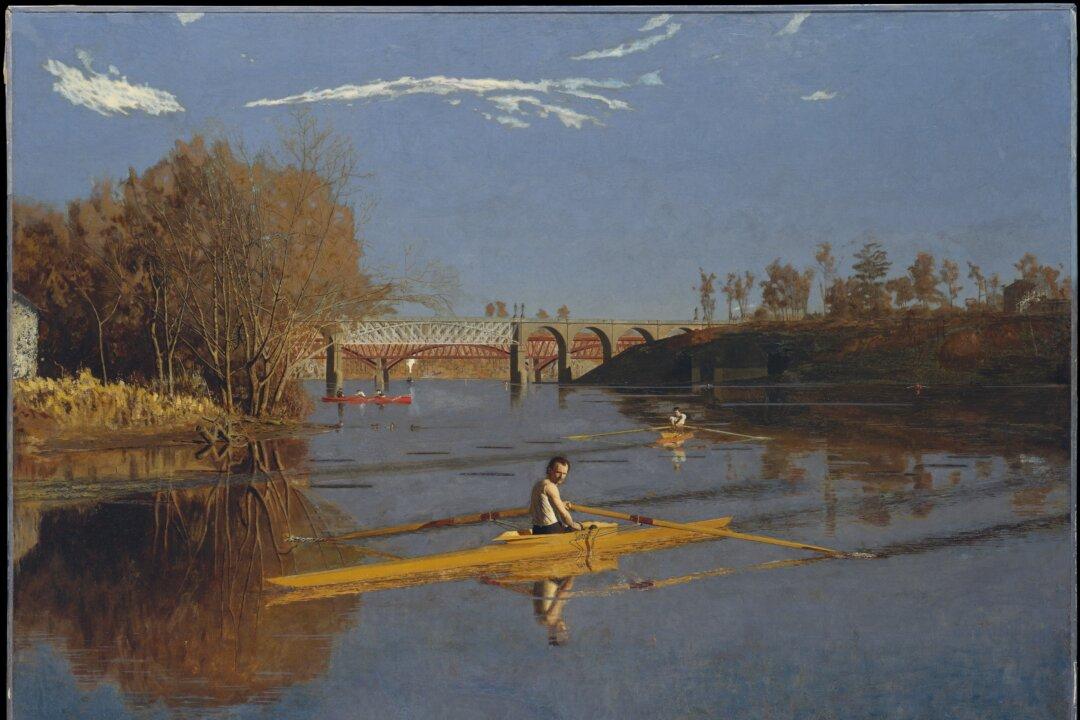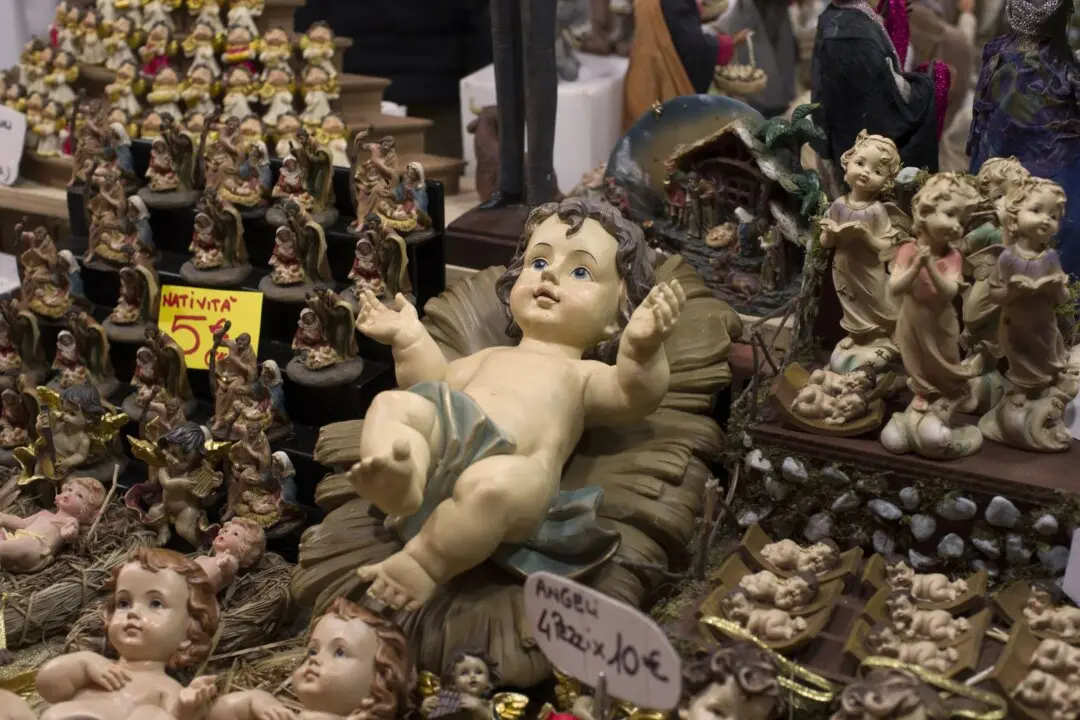It’s October 1870, and a fair-weather day on the Schuylkill River in Fairmont Park, Philadelphia. Four oarsmen line up on the river ready to race for the single-sculls championship in the Schuylkill Navy of Philadelphia’s annual regatta.
The Schuylkill Navy of Philadelphia (now the oldest amateur athletic body in America) represents rowing clubs in the city, and in this year, 1870, the finalists are all from the Pennsylvania Barge Club: Max Schmitt, Austin Street, James Lavens Jr., and Charles Brossman.






